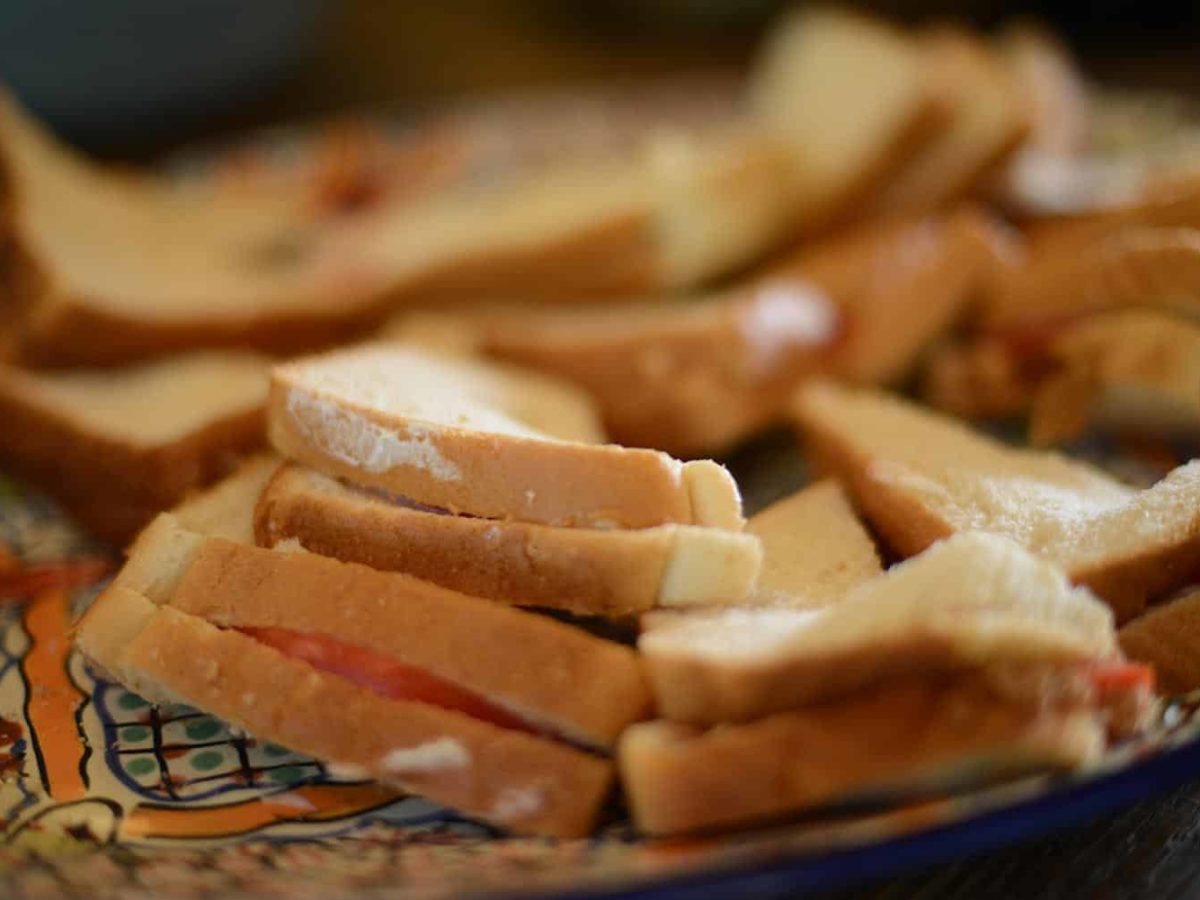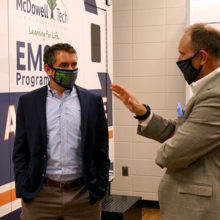It is amazing how tastes can take you back to a specific time and place. This summer I had the pleasure of consuming four — some bystanders might say eight — of legendary
Chef Bill Smith’s tomato sandwiches.
Bill sent me the recipe later with the following note,
This recipe is not as simple as it seems at first glance. All sorts of things come into play. I am always in favor of newness and innovation, but there are times when well enough should be left alone.
This may be one such case. First of all, it’s really better to buy cheap, housebrand, grocery store, sliced white bread. Resist the temptation to upgrade to the artisanal. Then there is the mayonnaise. People fight over mayonnaise brands here, just as they do over barbecue or basketball. Both the users of Hellmann’s and Duke’s regard the other with disbelief. Neither can contain their derision of the users of Miracle Whip. Use what your grandmother used.
On the day that I consumed virtually an entire loaf of cheap, white bread, Bill and I discussed the simple joy of a tomato sandwich, which I told him I resisted for much of my childhood.
I spent summers when I was younger bouncing around with different family members — sometimes staying with grandparents (Maw or Nana), sometimes with my biological mother, often with my aunt and uncle who later adopted me. One summer, my aunt and uncle were in between houses and living in an apartment complex with a pool.
I spent much of my summer by that pool, where an older man whose name I have long since forgotten, would sit poolside from roughly sun up to sun down. Each day he’d walk across to his apartment and return with two tomato sandwiches — white bread, Duke’s, salt, pepper, and juicy tomatoes.
Each day he’d ask if I wanted to try them. Each day I turned him down.
Finally, one day, mostly motivated by hunger, and hoping to get both the old man and my aunt to stop pestering me, I tried one.
It was a revelation. The tomatoes, salt and pepper, mayonnaise, and white bread complemented each other to perfection. And, for the first time, I think I fell in love with a vegetable. Suddenly tomato sandwiches were at the top of my list.
When my wife Jamie and I were first married, we did not yet have busy schedules, so we spent a significant amount of time at home experimenting with various dishes. Yet few recipes brought us as much delight as a simple tomato sandwich with tomatoes bought at the state farmers market.
All of these memories — the poolside discovery, the early days with Jamie, a crisp July evening in the mountains of North Carolina — came rushing back last week as I had lunch with
Alan Briggs of the
North Carolina Association of Feeding America Food Banks. Alan shared that food banks across North Carolina, and the country, are developing strategies to improve food quality and nutrition through their programs. In fact, the NC Association is working on a farm to food bank program that holds promise.
Alan and I discussed the challenges inherent in promoting certain kinds of produce without the accompanying education around how to prepare them or how to make them taste good. Various food banks are launching or expanding cooking demonstrations and other food education programs to boost the impact of bringing in more nutritious food.
It struck us both how much our culinary preferences are impacted by experience. I grew up with family members who gardened, but it took me a long time to fall in love with vegetables.
One of the challenges facing parents, and childhood nutrition program directors, is food rejection by children. Studies show that children are often resistant of new experiences, which comes in to play with food. I’ve seen it at cooking demonstrations many times. Kids will insist that they do not like broccoli rabe, perhaps even indicating that they have had it before without knowing if that is true. It often takes persistence to get them to taste even a bite. Parents who are crunched for time, and resources, do not necessarily have the income to risk food rejection. The same holds true for childhood nutrition directors with tight budgets.
After meeting with Alan, I met with
Sam LoPiccolo of Grow Our Kids who shared details of the program that she has launched in certain schools in Wake County, which is focused on filling in the gaps of kids who are food insecure. One of the innovative twists is that they often focus on nutritious, healthier food which is fairly novel for such programs due to cost, storage, and other factors.
For the NC Association of Food Banks farm to food bank program to work, to scale LoPiccolo’s work, and I would argue for any program that hopes to create healthier outcomes for our children to create lasting change we must begin to treat food and physical education as a critical part of the curriculum. Both programs, and many more like them, are dedicated to both providing food to those in need, but also beginning to shift the paradigm towards more nutritious food as well.
We need to create experiences that make it possible for every child to experience a tomato sandwich, or kale, on their own time — with education about where the food comes from as well. We need to reconnect children to the entire food system, so that they understand what it is to plant, nurture, harvest, cook, and ultimately eat food. It is essential if we hope to create healthier outcomes that last.
Editor’s Note: MATCH, Motivating Adolescents with Technology to CHOOSE Health™, is another program that incorporates health education with normal classroom curriculum. EdNC has written about MATCH here.
Nation Hahn
Nation Hahn is the chief of growth for EducationNC.




